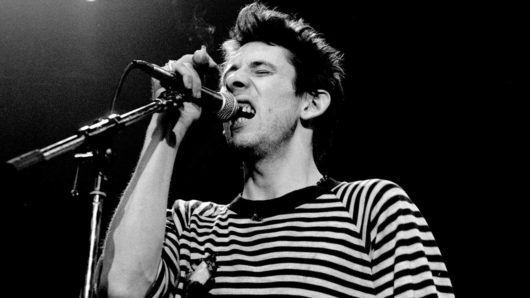There’s no question that Joni Mitchell is an albums artist. Though she has enjoyed some success with singles, notably Big Yellow Taxi and Help Me, it’s the longer form where her complicated ideas can fully breathe. Both lyrically and musically, Mitchell’s music offers challenges; yet she still channels enormous warmth that draws worldwide devoted audiences. As the best Joni Mitchell albums prove, she can be accessible and mind-bendingly difficult; she can be pared-back and multi-layered; she can be folk, rock, jazz and every waypoint between.
“People thought that it was too intimate,” Mitchell said in 2022, in conversation with Elton John. She was looking back at her earlier albums and how she was viewed. “I think it upset the male singer-songwriters,” she continued. “I think it made people nervous.”
Mitchell has never worried about making people nervous. She revels in unexpected – and even uncomfortable – listening experiences. “I thrive on change,” she once said. “That’s probably why my chord changes are weird, because chords depict emotions. They’ll be going along on one key and I’ll drop off a cliff, and suddenly they will go into a whole other key signature. That will drive some people crazy, but that’s how my life is.”
Here, then, are the best Joni Mitchell albums, including the live albums she released as contemporary documents of her on-stage performance. Her albums are beloved, sublime records that track her artistry, and which cement their creator’s place among the best songwriters of all time.
Listen to the best of Joni Mitchell here, and check out our best Joni Mitchell albums, below.
22: ‘Dog Eat Dog’ (1985)
Dog Eat Dog is Joni Mitchell’s attempt to use electronic tools instead of her guitar to surround her songwriting. And yet, she had no real love for synthesised pop, and has since made her discomfort with it clear. “We had gone into the 80s, and there was a new sound,” she said in 2017. “I hated it. So did Henry [Lewy, Mitchell’s longtime engineer]. We called it ‘sizzle and fry’.”
Nevertheless, one particular Dog Eat Dog song is prescient. Ethiopia, written at the height of Band Aid/USA For Africa charity efforts, moves far beyond a vision of the country in need of the West’s help. Instead, it eviscerates the rich world’s environmental destruction, even as the leaders of those nations throw the African country crumbs of support. It was a song adored by the famously hard-to-please Nina Simone.
Must hear: Ethiopia




